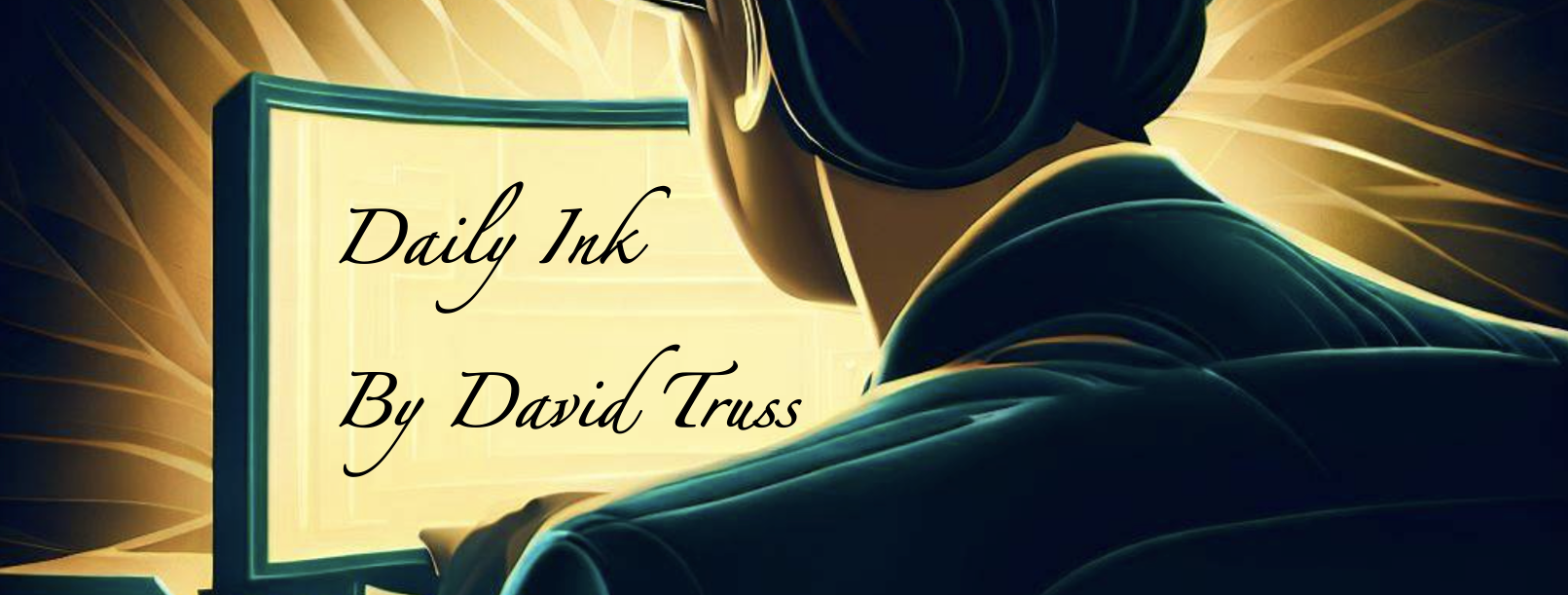I touched on this in my post, Just show up:
We live in a society now where there is so much pressure to do well; to be your best; to shine. It’s not easy. But sometimes the message doesn’t have to be ‘you are awesome’, ‘you have so much potential’, or ‘push yourself’. Sometimes the message of ‘just show up’ is all we need to hear.
-
Don’t plan an hour workout, just show up at the gym.
-
Don’t worry about how much you have to do, just start.
I’d like to expand on this idea a bit. When you ‘really really don’t want to go’ to the gym or start your workout, you still need to go. You don’t need to do anything amazing, you just need to get started and know that you are doing something good.
Not going is a slippery slope to a bad habit. If you decide not to go or get started when you ‘really really don’t want to’, that makes it easier to not go when you ‘really don’t want to’. And that makes it easier not to go when you ‘kinda don’t want to’… and so it becomes easier to break the habit.
It’s easy to maintain a habit when you are having good days, it’s the bad days that are the problem. It’s the bad days that break the pattern, or that solidify your commitment. Doing the hard work on the tough days are what keep good habits going.
Some days you’ve got to play your ‘B’ game rather than your ‘A’ game. An excuse that you are not up to your ‘A’ game is not a good enough reason to not show up. On the contrary, your ‘A’ game gets better when you do the work even on your bad days














